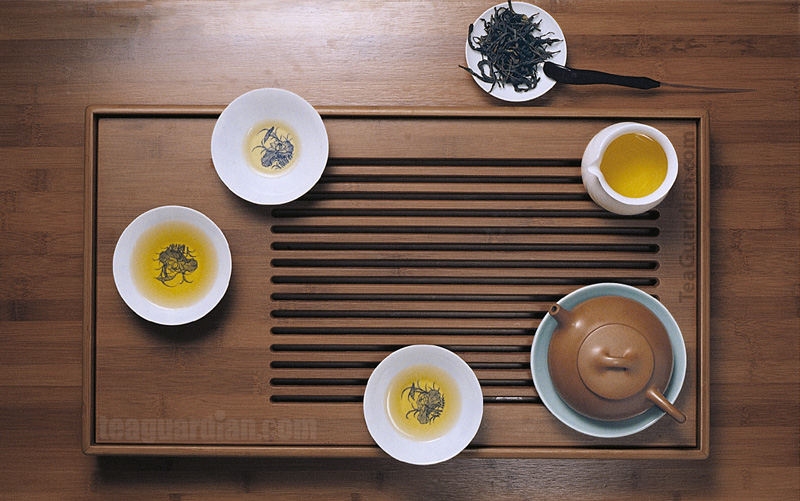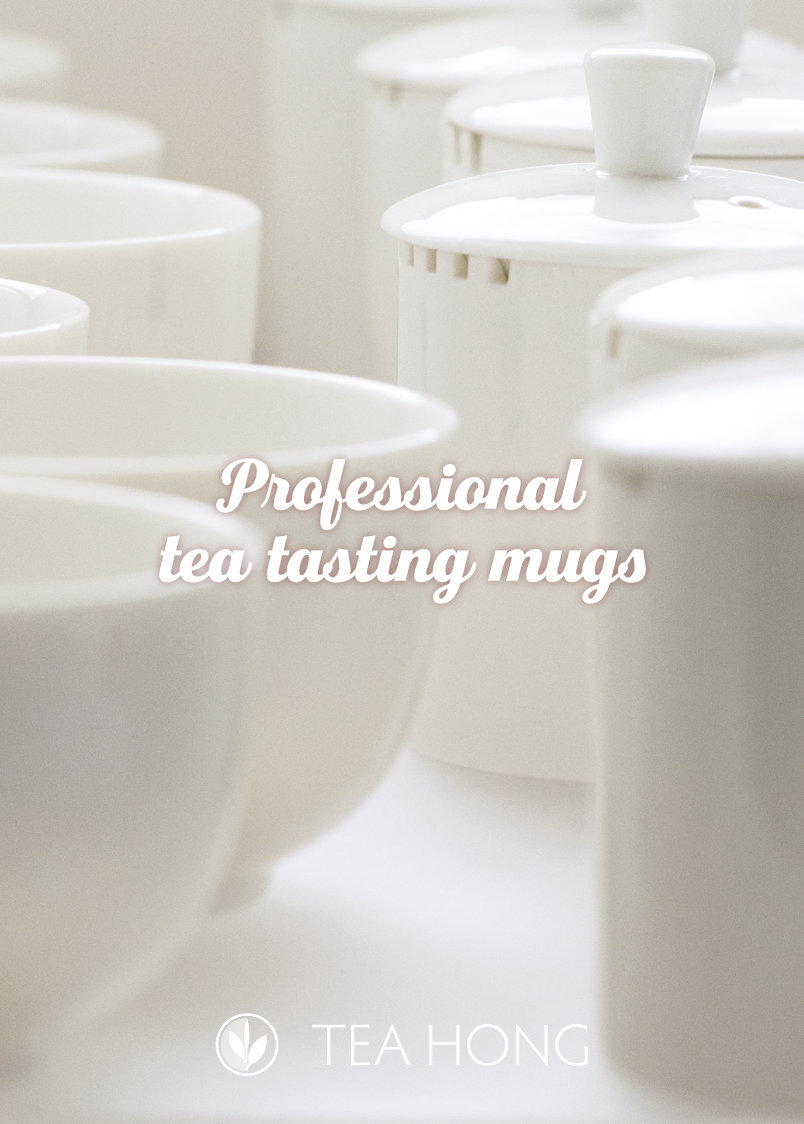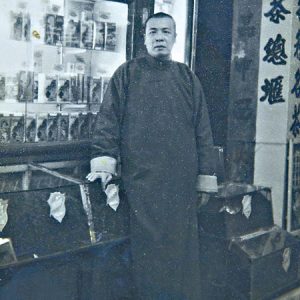Wuyi Oolongs: Tasting, Health & Buying Tips

Spring flush ( ie first flush ) young leaves of Wuyi Rougui. Rougui is a Wuyi native cultivar for producing the famous oolong of the same name.
Tasting notes
Because of the high fire of Wuyi oolongs, they are much better when allowed to sit for at least a year or two before drinking. Remember Zhuo even said three? They were initially meant to be kept sealed for at least a year for the time needed to transport to the market in the old days. If drunk fresh, the tea is usually quite burnt, rough and too dry. On maturity, however, the liquor can be round, full-bodied and deep, when properly infused. Most connoisseurs mature the tea for 3 years, but the first year makes a lot of difference already. <Read about storage>
The Yixing pot can be useful in toning down the excessive fire if you cannot wait. Use a medium density one. Blanch the leaves at least once and avoid short infusion time.
With lower fire versions that you may get nowadays, which should have a distinct bouquet aroma, the tea can be consumed fresh. The down side would be with high fire short baking for oolongs, the tea may have a good chance of “fan qing” upon storage — a condition that the residual enzymes in the leaves altering the taste composition, resulting in a grassy overtone.
Varieties of the traditional high fire style are great choices for food pairing for both meals and desserts. I guessed that was why they were so fast to get popular in the West in the early days.
Health notes
Since the 17th century, people in both Britain and China had observed that Wuyi oolongs are a lot friendlier to the body than green teas. While the latter could be discomforting for the weaker body, the former seemed to suit conditions of all kinds and was used as much as a medicine as a daily drink.
When I was in college, a folk medicine that I used to take for common colds and the flu was “Hup Jei Cha”, basically a cheap version of Wuyi soaked in a ginger solution and loosely pressed into a small cube to dry for retail. That was decades ago, now the tea is too expensive for that; another plant is used for the medicine.
Experience tells us that the tea is suitable for people who otherwise cannot take green or black tea because of gas problems, a weak stomach, certain allergy in the respiratory system, or menstrual complains.
Scholars in China in the old days had the same conclusion but so far there is no scientific research on why this is so. I have presumed that both the fermentation and high fire treatment have altered the natural chemical contents and therefore medicinal properties of the tealeaves, but no one can prove which substances are responsible for the resultant benefits. In TCM term, high fire Wuyi, when matured, is warm in its character — the fire and fermentation are the “heat” that counteracted the “chilling” nature of the raw tealeaves, making it more acceptable to people with weak points that are classified as “not enough fire” in their bodies. Maturity tones down the heat and makes the tea safe to drink by most.
Buying tips
Famous varieties, such as Da Hongpao, are inflated with legends in China to push the price for certain target market groups, making it quite difficult to find good quality at a fair price. An increase in quality is out-of-proportionally reflected in the price. Most of the time, however, higher price does not even mean better quality. Very often the gastronomic qualities of even the best of these are not quite comparable to other finer ones of less fable glamour. It is wise as an epicurean not to follow certain names but rather choose on the basis of taste and aroma. Nevertheless, price does go up in the long term; it is wise to stock up moderately when you find a really good one, on the condition that you really think this is going to be one of your favourite tea choice.
Do not stock up on bouquet style Wuyi, however, unless you are sure that they store well without “fan qing” (return of the green).
One also has to be aware of the fact that there are selections not produced in Wuyi proper that are significantly more economical and when you are lucky, some acceptable quality. There are, however, those who mis-label their products to fetch better price. Do shop around.











